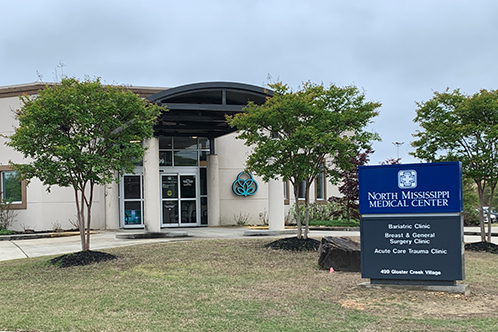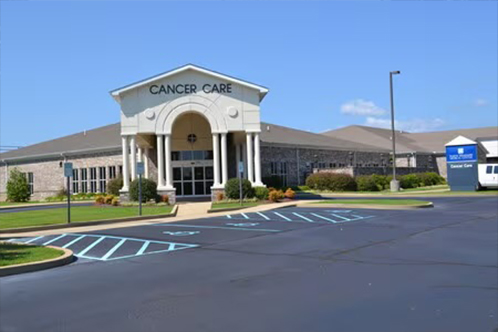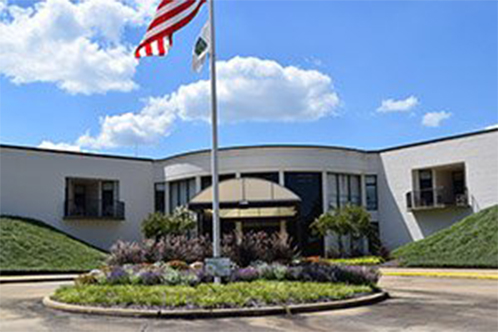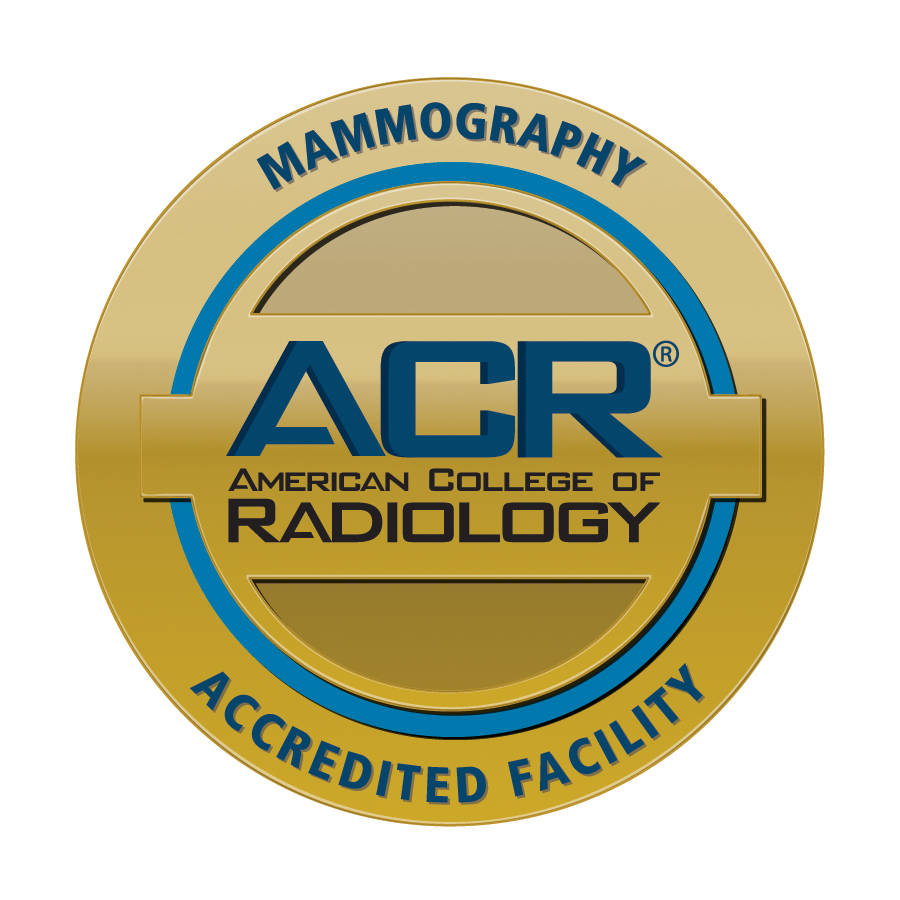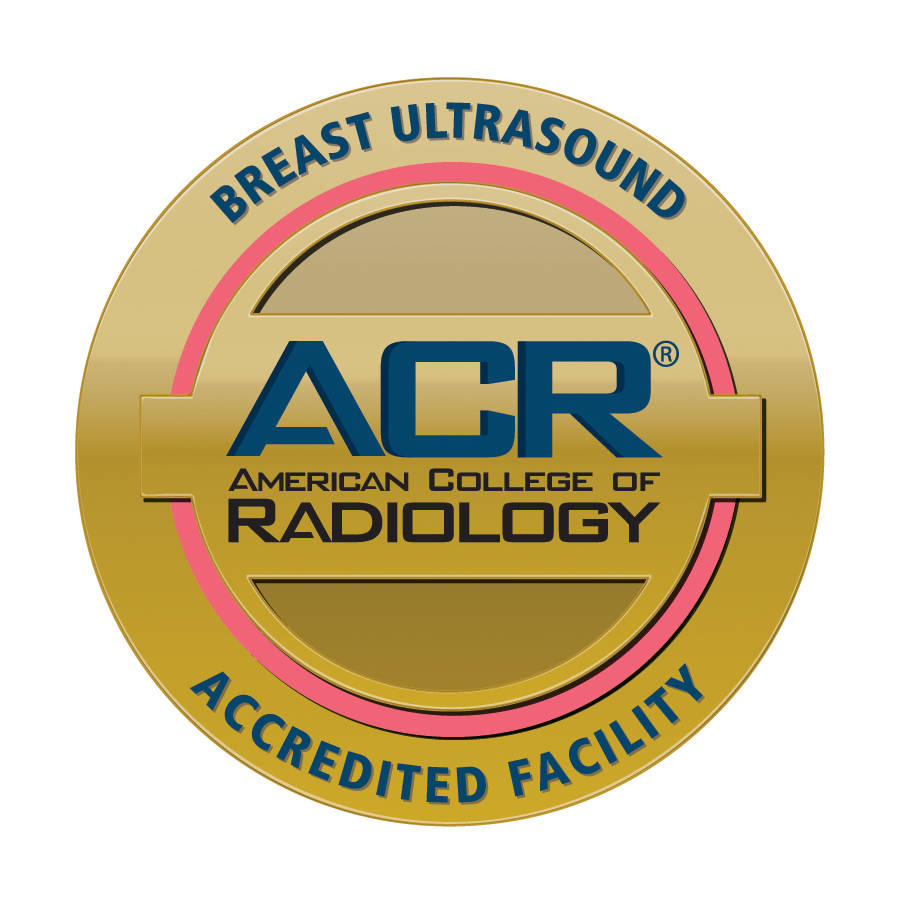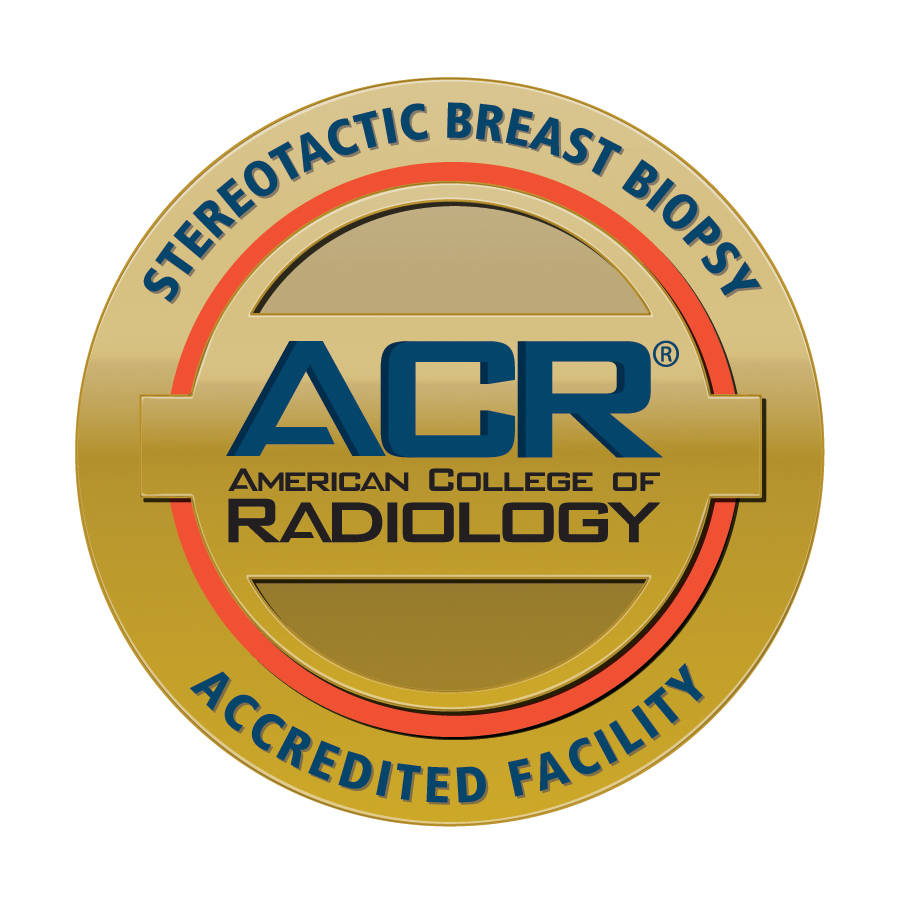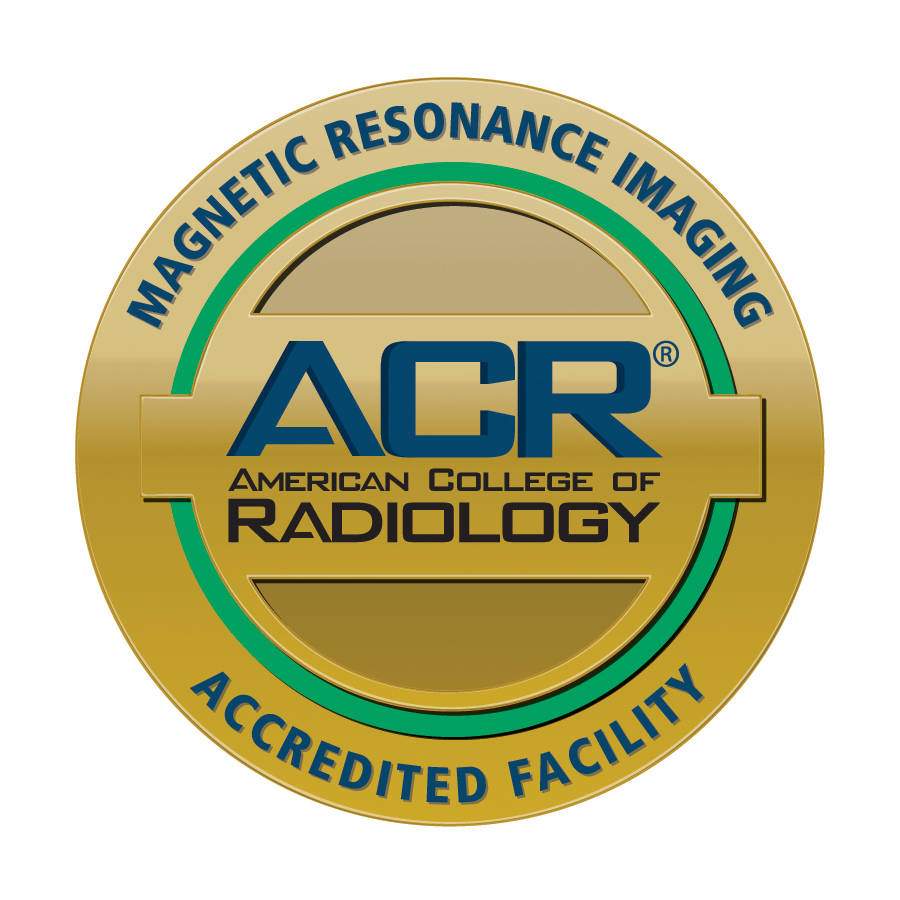Schedule your mammogram today

Treating Breast Cysts
Select North Mississippi Health Services locations offer breast cyst aspiration when needed to diagnose and treat the common, non-cancerous breast condition.
Breast cysts are fluid-filled collections enclosed by a membrane. They are not related to cancer. They are diagnosed using ultrasound. Depending on the results of the ultrasound, your breast care team may recommend breast aspiration if:
The ultrasound could not fully evaluate the lining and contents of the cyst.
The cyst is causing discomfort.
The cyst is causing anxiety.
What to Expect
Cyst aspiration is a quick and simple procedure when done with ultrasound guidance. The skin is frequently numbed, and a needle is quickly inserted. Suction is applied, and the fluid is drawn into a syringe. The fluid will be evaluated under a microscope. Even with complex cysts, where the lining is irregular or debris is in the collection of fluid, the vast majority will be unrelated to cancer.
Most cysts will disappear and never return. In the less than 25% of cases where cysts return, there may be nothing wrong with the cyst.
Cysts are so common that almost every woman will have some during her life. It does not mean that she is at higher risk for developing cancer. Many patients need multiple cyst aspirations every year, but after a few years the number of cyst aspirations decreases.
Related Locations
Upholding high standards for comprehensive breast care
Patient Stories
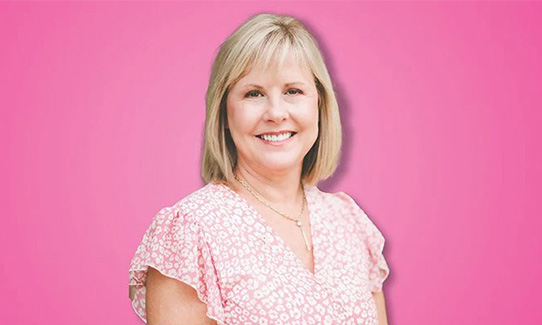
Mammograms Are Not Optional
Paige McFall was determined to beat her aggressive breast cancer.
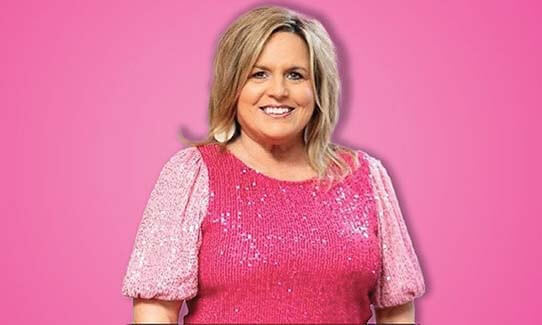
‘I Thought What I Found Would Go Away, But it Didn’t'
Like many busy women, Debbie Cochran put off getting her annual mammogram.

‘I Was Fortunate to Catch it as Early as We Did’
If Anita Monroe had put off her mammogram, her prognosis would not be so positive.
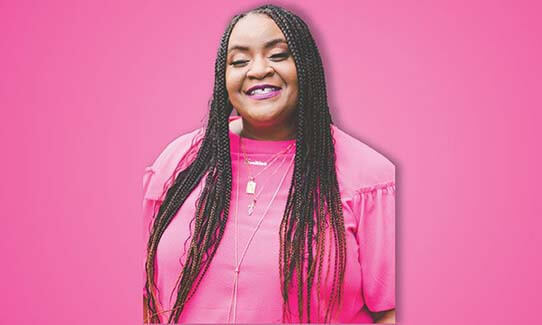
‘If Something Is Not Right, Get Checked’
Shirlette Judon celebrating 16 years as breast cancer survivor

Mammograms Are Not Optional
Paige McFall was determined to beat her aggressive breast cancer.

‘I Thought What I Found Would Go Away, But it Didn’t'
Like many busy women, Debbie Cochran put off getting her annual mammogram.

‘I Was Fortunate to Catch it as Early as We Did’
If Anita Monroe had put off her mammogram, her prognosis would not be so positive.

‘If Something Is Not Right, Get Checked’
Shirlette Judon celebrating 16 years as breast cancer survivor
Related Resources
View AllBreast cancer screening matters. Annual screening with mammography is recommended starting at age 40 for those at average risk.

Breast Density
Breast density impacts the effectiveness for mammography and the risk of breast cancer. Supplemental screening with automated ultrasound (ABUS) along with mammography improves breast cancer detection rate.

Breast Density
Breast density impacts the effectiveness for mammography and the risk of breast cancer. Supplemental screening with automated ultrasound (ABUS) along with mammography improves breast cancer detection rate.


